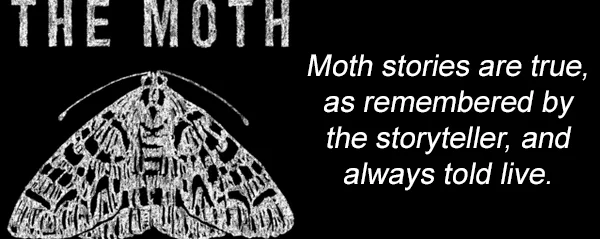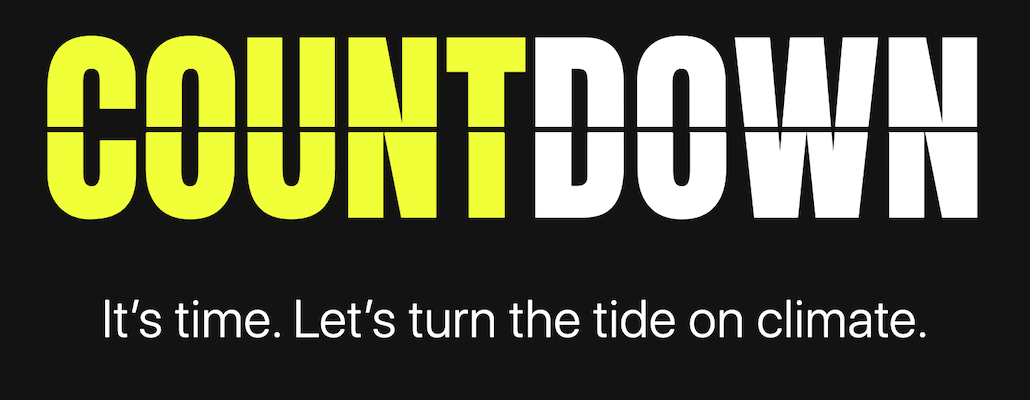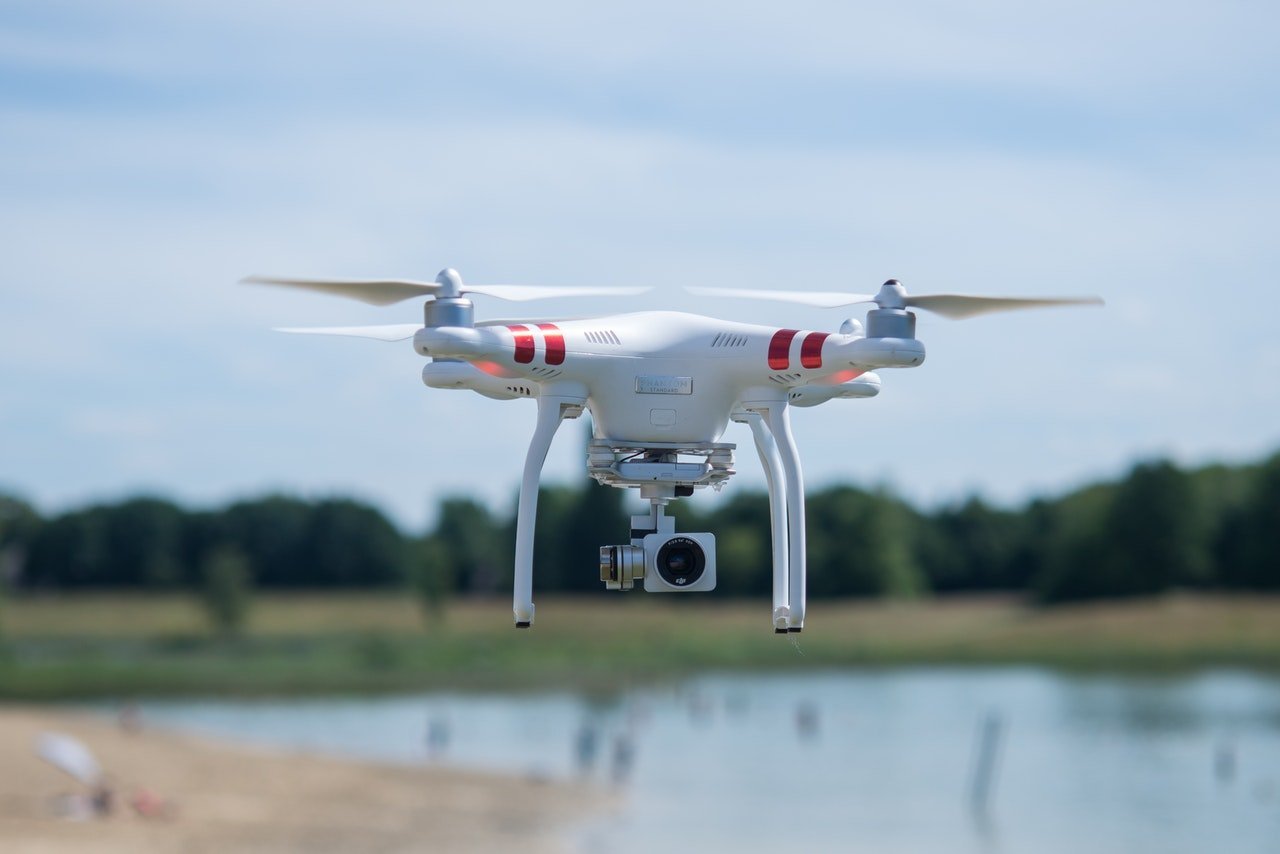Three Reasons We Don’t Tell Our Story
Some folks are eager to tell us their story. They know their message is one that others could benefit from hearing, and they’re always looking for an opportunity to share their ideas, their wisdom, or the lessons they’ve learned along the way.
Whenever I meet one of these people and mention that I used to produce TEDx events, they quickly shift into pitch mode, expressing a desire to be on stage. They’re not the least bit shy and their storytelling passion is front and center.
But I also meet a lot of folks with powerful stories worth sharing, yet they’ll come up with reasons to avoid telling that story to an audience. They’re resigned to remaining silent as I hear them say something like the following…
- I’m not a great public speaker, and I’m not a professional
- I just don’t know how to make my story sound interesting
- I might make a mistake, or even forget what I want to say
Sound familiar? Well, you’re in good company, but I’m here to tell you that none of these reasons should stop you, or even slow you down. So let’s address them, and get you motivated to begin sharing your important stories with the world.
You were born a storyteller
That’s the first thing I want every potential speaker to know, and to embrace. As babies we learn about the world around us by watching and listening. And it doesn’t take long before we learn to speak and begin telling our stories. Simple stories at first, but stories that gain in confidence and complexity day by day.
Think about the thousands of stories you’ve told since – to your family, kids in the neighborhood, and your classmates at school. You’re always telling stories. That said, we’re rarely taught how to tell a story designed to impact others – a story that’s very intentional in its wording, structure and delivery – a story with meaning beyond recounting past events.
Like any other skill that we wish to master – playing an instrument or a sport, for example – we must spend a lot of time and effort to make that happen. The more times you speak in public, and the more effort you put into writing and rehearsing your stories, the better you will get at it – so you don’t need to be a great speaker (yet), or a professional, you just need to be you to tell your story.
Create an interesting story
While we’ve spent our lives telling random stories to each other, stories told to an audience are more intentional, and structured to express an important idea or convey a specific viewpoint. So there are a number of skills to be mastered.
I approach the story process using three steps: ideation, narration, presentation. Before you write a single word of your story you need to define the main message that will drive the narrative and represent the gift that you’re giving the audience. The proverbial pearl of wisdom.
Using a classic marketing mantra, ask three questions regarding your audience:
- What do you want them to think?
- How do you want them to feel?
- What do you want them to do?
Will the essence of your story shift their perspective, teach them something new, touch them emotionally, challenge preconceived notions, or inspire them to act? Ideally, your message is original, imaginative, one they haven’t heard before.
With clarity on your subject, look for story elements that will support your view. Check out these Story Blocks for examples of how you can create a compelling narrative. Utilize elements that will be of interest to your audience, and you’ll be well on your way to creating a captivating story.
Mastering your narrative
Telling a story that includes specific elements – events, observations, feelings, thoughts – presented in a specific order to maximize impact, requires practice. Rehearse, rehearse and rehearse some more. Rehearse by yourself, then do it in front of friends to get feedback. Do they understand the intent of your story?
Take advantage of your phone, tablet or laptop by recording your talk. When played back you will hear yourself saying words you wouldn’t normally use in conversation. Editing at this stage will result in a more naturally sounding talk. Next, capture your presentation on video. Note your body language and facial expressions. Words are always most important, but delivery can add emphasis.
You don’t need to memorize your entire talk (more on this at a later date) but you should know your opening and closing by heart. Starting strong gets the audience engaged, while closing strong will make it memorable. You also need to remember each element of your story, and the sequence of presentation. Delivering your narrative out of order will often confuse the listener.
As to making mistakes, the audience doesn’t have a copy of your talk, so in most cases they won’t even notice if something is missing. But if you do catch yourself saying the wrong thing, such as stating a wrong date or quoting an incorrect number, pause for a moment, take a breath, and correct yourself. The audience will appreciate your honesty.
Conclusion
I could spend hours going into each of these subjects at length, but the bottom line is that there’s a strategy for dealing with each one and you should never allow them to get in the way of sharing your story with a larger audience – your story can change the world!
contact me to discuss your storytelling goals!
◆
Subscribe to our newsletter for the latest updates!
Copyright Storytelling with Impact – All rights reserved





